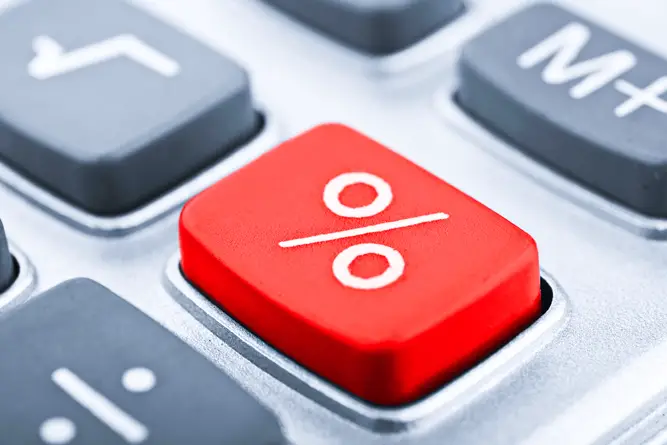In business, manufacturing accounting is recording, tracking and calculating activities of production over a period of time. To calculate manufacturing costs accurately, you should consider supplies, labor and overhead charges. Adhering to manufacturing accounting regulations set by Financial Accounting Standards Board, systematic accounting enables manufacturers keep track of recurring expenses whenever they get cash or lose cash. To better utilize production, this post discusses some effective principles of the manufacturing accounting process.
Select Convenient Accounting Method
Before getting started, you should select a convenient accounting method. Manufacturers use several different techniques like job order costing, process costing, activity based costing and variable costing. They all use various t accounting methods. Compare the pros and cons of these methods to determine which one suits your business best. Depending on your needs, you can use a combination of two or more accounting methods. Surely, deriving the best combination will improve the existing process.
Know When To Use What
The different accounting strategies mentioned above should be used at the appropriate times. Activity based costing accounting strategies are best used when trying to improve manufacturing processes. Other types of accounting for manufacturing businesses may be used for various tasks that should arise in business operations. It is not just about choosing one type of accounting method and using only that one strategy. Your business will require different accounting methods at different times to stay in operations, so dedicate much of your business energy to that.
Determine Direct Material Costs
Once your accounting method is established, start by determining the cost of direct materials used in production. If you are a business interiors company, then this could include the cost of blinds. First, make a list of raw materials along with the number of units purchased. Then, multiply unit price of each raw material by the number of units. This calculation will give you your direct material cost. Certainly, tracking these expenses will help track and manage an inefficiencies in the manufacturing process.
Calculate Total Labor Charges
The next step is calculating the direct labor costs using what you learn from human resources training. While adding the salaries of laborers in your manufacturing department, add the cost of their benefit packages too. Since direct labor costs are continuously changing with time, calculating it gives manufacturers a clear idea of expenses at the moment. Of course, being on top of your labor costs is very important to avoid unnecessary costs like overtime, scheduling conflicts or absenteeism.
Utility Expenses
The third step should be recording your utility expenses. Every manufacturing business uses utilities like electricity, water, sewer, phone and internet services. Additionally, any business IT automation, business intelligence or purchasing software are considered utility expenses. Of course, tracking utility expenses enables manufacturers control or lower overhead costs.
Other Manufacturing Costs
Apart from the expenses mentioned above, there are other costs involved in manufacturing process. Such costs include property insurance, company warehouse rent and taxes. Depending on your industry, the costs of environmental regulations and workplace safety falls under other manufacturing costs. Obviously, calculating these costs enhances the accuracy for deriving company insights or making important business decisions.
Value Of Inventory
The whole point of manufacturing is to produce inventory. These are manufactured products waiting to be sold. Managers should keep an updated total of inventory at the current market value. If the market price of the inventory items increases or decreases, this change should be adjusted in the balance sheet. Estimating inventory value offers useful insight about future revenue generation. These skills are taught in almost every financial management course and can indicate when to invest in sales or in increased production capacity.
Recognizing Sales
Although there are several stages at which you can recognize sales, many manufacturers recognize sales when buyers gain full ownership an item. Depending on the sales contract, you can recognize sales either at the time of shipping products or delivering it. Recording and tracking sales on your POS systems for iPad is very important to generate financial statements including a profit/loss, balance sheet and cash flow statements. Surely, sales are needed to account for revenues and the business overall.
Manufacturing Accounting Software
Manufacturing accounting software can help you guarantee that everything is accurate, every single time. With accounting software, all you need to do is input the numbers in an easy-to-use interface and the rest of the work is done for you. Cloud based accounting software for manufacturing is an excellent option in particular for you to consider. If you manage a manufacturing business, purchasing an accounting software will help you to optimize your accounting practices.
These basic principles increases the efficiency of any manufacturing accounting process. Firstly, manufacturers should select appropriate accounting methods. Next, expenses for costs of labor, raw materials, utilities and others should be recorded. Then, inventory must be closely tracked along with sales to generate financial statements. This can be done with free small business accounting software Finally, managers can make sound decisions based off of their accounting information.
Image from http://www.infinit-o.com/services/finance-accounting-services/
 Business First Family Business, Accounting, Finance, Investing, Marketing And Management
Business First Family Business, Accounting, Finance, Investing, Marketing And Management
